"Masturbatory Insanity" Panic of 1760s-1940s vs. "Trans Panic" of Today
Medicalized moral panics have a surprisingly long and sordid history in the Western World, and they seem to often target children
The idea of “masturbatory insanity,” is probably best regarded as one of the earliest examples of what could best be described as a medicalized moral panic, a phenomenon specific to the post-enlightenment, scientifically progressive Western world - a unique period in history where the interests of the institutional medical, and medical practitioner class, religious leaders, and society came together to terrorize children (primarily teenage boys) and panic parents around what is probably one of the most natural inclinations there is - masturbation.
You know the old joke about how masturbation was supposed to cause “hairy palms”? We laugh today, but this comes from some ideas from not long ago, basically from the Victorian Era of America and the UK - not that long ago, masturbation was supposed to be the cause of all sorts of horrible psychiatric issues such as hysteria, neurosis, “neurasthenia” (a term which today is similar to what we would call chronic fatigue), insanity, blindness, and even death.
Physicians & psychiatrists (alienists) cheerleaded this panic, profited from it, and increased their power and influence as a result - and it lasted a little over 150 years.
The “masturbatory insanity” moral panic was a very significant event in medical history.
It might be one of the first examples of a full-fledged medicalized moral panic in western culture - distinct from, say, the religious-based moral panics over witchcraft which swept the American colonies in the late 1600s (e.g., famously in the case of the Salem Witch Trials), or that of the Spanish Inquisition - where “heretics,” Jews, and nonbelievers were terrorized and killed by the Church & authorities - which swept Europe from the 1400s to the 1800s.
When I bring up the “masturbatory insanity” moral panic to people I know - I more often than not get some version of a squint in my direction, a searching look, maybe a joke about hairy palms, or - mild shock. We really did this?
We were all panicked about whacking off?
The Genesis “Masturbatory Insanity” Moral Panic
The birth of the medicalized moral panic of “masturbatory insanity” started in the 18th century, with the publication of the 1760 book "Onanism: or, a Treatise upon the Disorders produced by Masturbation" by Swiss physician Samuel-Auguste Tissot, and lasted well into the 20th century, with most people agreeing that it ended somewhere around the 1950s, and punctuated with the 1962 article “Masturbatory Insanity: The History of an Idea” by the prominent British psychiatrist E.H. Hare (1917-1996).
After Tissot’s book, interest in the pathological aspects of what Tissot called the ‘odious,’ and ‘filthy’ habit of “self-abuse” only increased, and the idea spread across Europe, and soon to the American colonies.
This idea that masturbation caused mental illness (and was therefore to be prevented at all costs!) wasn’t simply a persistent belief of fringe practitioners, or“quacks” – this was literally a mainstream view where medical practitioners, hospitals, industry, popular media and culture in the western world seemed to compete with each other to cheerlead an over 150-year crusade against genital self-pleasuring - mounted largely against teen boys.
Why did this happen?
Psychiatry and institutional medicine writ large in the late 1700s at the time was searching for relevance. Prior to the late 19th century, when the masturbatory insanity moral panic began, you were famously more likely to be harmed than helped by seeing a typical doctor, and psychiatrists were basically jailers - so-called “alienists,” doing no more than warehousing the “insane” in basically large, bleak prisons AKA sanitariums. So, it was a perfect time for medicine and psychiatry to latch onto this societal anxiety about masturbation as a way to establish it’s legitimacy. But why did this panic about young people - primarily teenage boys - get it’s start the public consciousness the way it did?
Why did it turn into a full-blown, societal panic?
These kinds of moral panics don’t just come from nowhere. Sometimes we see clues in larger society - sometimes driven by economic anxieties and demographic shifts, or other, major shifts in society. In this case - a theory I’ve heard is the combination of rapid industrialization in the cities, and the mass adoption of mechanization like steel plows, reapers, combines, and tractors dramatically increased productivity and reduced the need for farm labor….
…. which meant that cities suddenly found themselves with a lot of young men.
Which caused a lot of anxiety amongst city dwellers. Because, of course, one thing is true is that young men (young people, really) are often preoccupied with sex!
Frederick Hodges writes in a 2005 article in the journal History of Sexual Medicine:
Because of the pressures wrought by the social and economic changes that arose in response to industrialization, early 19th-century American society experienced a period of social instability. Industrialization required urbanization—a process that led to a decrease in the profitability and sustainability of agriculture. The pattern of having large farm families in order to guarantee a ready supply of cheap labor was suddenly rendered economically nonviable. Young rural males could no longer find enough agricultural work to support either themselves or a family. Migration to the cities and towns to work in factories enabled them to find work but forced them to delay marriage. Not surprisingly, this vast urbanization of young rural males was greeted with displeasure by those already living in urban centers. The focal point of the anxieties engendered by these young males was their sexuality. (pp. 725-726).
The Victorians were also notorious for their anxiety about masturbation.
In the article “Masturbation Among Victorian Youth in Boarding Schools,” technical writer and amateur historian Geri Walton illustrates how a considerable degree of time and energy and an array of approaches were used to try and prevent boarding school students from touching themselves, from offering hard mattresses, sitz baths, bland food, forcing roommates on recalcitrant masturbators (e.g., forcing them to sleep in the same beds), and even, if that fails, putting the hapless students on drugs and purgatives, and even trying to marry them off.
In America - land of the entrepreneurs - it didn’t take long for opportunists to latch on to the masturbatory insanity panic and commercially capitalize on it, notable example being the tireless Dr. James Harvey Kellogg - part preacher & moral crusader & part salesperson.
In his best-selling 1877 book “Plain Facts for Old and Young” Dr. Kellogg cheerfully recommended a variety of interventions to prevent “self-abuse,” such as bandaging and caging (yes, caging) the genitals; tying the hands; sewing up the foreskin with silver wire (!!!) to prevent erections; and finally circumcision—to be performed “without administering an anaesthetic, as the brief pain attending the operation will have a salutary effect upon the mind, especially if it be connected with the idea of punishment.”
His methods were not uncommon.
A number of other extreme and frankly, sadistic approaches for preventing self-gratification in patients were pushed and practiced by doctors.
Circumcision became a routine medical procedure due to the belief it would deter masturbation in boys. Disturbingly, circumcision without anesthesia, as the pain was considered a deterrent.1 Even, shockingly, castration was sometimes used in extreme or severe cases - which involved burning the genitals with hot irons or acid solutions like carbolic acid to prevent masturbation. This could cause permanent injury.
In the 1854 article, “Onanism in a boy seven years old,” by physician Alonzo Garwood (which eventually was widely circulated in The American Journal of the Medical Sciences, Garwood writes about the various methods he used to try and prevent his young patient from engaging in this particular habit:
After using every moral means in my power, I tried cold bathing, restricting his diet to plain unstimulating food, whipping him as hard as I dared to without injuring the child, blistered his penis till it was all over raw, and as a dernier resort tied his hands. (p. 727).
World War II Aftermath - The Masturbatory Insanity Panic Dies Out & New Panics Emerge
…. and just like that, somewhere around the time of World War II, the panic over masturbation subsided. In Zachar & Kendler’s 2023 article in Psychological Medicine, “Masturbatory insanity: The history of an idea revisited” the authors outline how the demise in the idea of masturbation-related mental illness was attributed in part to the rejection of irrational, unscientific hypotheses about masturbation's causal role - while other diagnoses, like ‘hebephrenia’ and ‘neurasthenia’ gained a competitive advantage and became primary diagnoses for cases that once would have been conceptualized as masturbatory insanity.
In other words - medicine moved on - but not after 150 years of torturing teenage boys and girls, wracking parents with worry, and saddling a generation with guilt and shame.
Over the coming years, new, modern moral panics emerged, some overlapping with each other, some overtly medicalized, some more reminscent of more traditional, religious panics in our history - but all being thematically focused on saving children.
Satanic Ritual Abuse Panic: In the 1980s and early 1990s, a moral panic known as Satanic Ritual Abuse emerged. It involved sensationalized claims of ritualized child abuse, particularly against daycare providers like the McMartin Preschool in Manhattan Beach, California. These allegations, often influenced by the suggestibility of children, led to widespread fear and numerous unfounded accusations.
Repressed Memory: Linked to the satanic ritual abuse panic was a moral frenzy about sexual abuse causing repressed memories in survivors, notably highlighted in the 1988 book The Courage to Heal. Sadly, the pseudoscientific ideas promoted by this 'pop psychology' book resulted in numerous false accusations and wrongful convictions, leading to reputational damage, family disruptions, and significant harm before the trend subsided in the 90s.
War on drugs / Drug prohibition: The "war on drugs" is a persistent moral panic, rooted in historical racialized fears about drug use. From early 1900s "marijuana madness" allegations linked to racial stereotypes to the 1980s "crack" cocaine panic associating it with the black urban underclass, this ongoing phenomenon has led to severe sentences for drug offenses. Fueled by exaggerated fears of drug addiction epidemics in children, it has contributed to the expansion of the American carceral state and the deterioration of many US inner cities.
Gay Panic: The psychiatric pathologizing of homosexuality serves as a notable example of a medicalized moral panic. Until 1973, the American Psychiatric Association (APA) classified homosexuality as a mental illness. This classification led to dubious practices based on the mistaken belief that same-sex attraction was a "disease" requiring treatment, including so-called "conversion therapy" and brutal methods like aversion therapy, electroshock, and icepick lobotomies in the early 20th century.

The Moral Panic of the 1970s to Today - Gender Dysphoria and “Trans Genocide”
It seems like it was almost on the heels of the BLM riots in “trans” has exploded into the public consciousness - and in a big way. Loud, often violent protests wend their way into the media semi-regularly now, warnings about looming “trans genocide” are often seen displayed on banners at many of these protests.
What is going on?
Certainly, the acceptance of homosexuality and “alternative sexuality” has been slowly growing in the US cultural zeitgeist since around the 1970s, since the American Psychiatric Association finally removed homosexuality from their list of mental disorders. Along with that - the odd stepchild of LGB - the ‘T’ meaning “trans” - or what we used to call “transsexual” (now “transgender”), has taken a backseat in the public’s consciousness.
What used to be called “sex reassignment surgery” was up until recently a fairly rare, radical procedure which involves surgically removing a man’s penis and giving them something known as a “neovagina,” and vice-versa - creating a fake phallus for women. This is typically accompanied by a variety of cosmetic surgeries designed to create the full illusion of the patient being the opposite sex - surgeries such as surgically removing (or adding) an adam’s apple, or “voice feminization/masculinization surgery.”
(Below - apparently a reasonably accurate video of a phalloplasty procedure)
There’s also the lifetime addition of powerful drugs to consider - typically hormone treatments in order to suppress typically male traits like body hair and muscle growth, or encourage these things in women.
For children who are “transitioning” before puberty, add an additional class of drugs - so-called “puberty blockers,” which, as the name suggests, are given to kids to prevent the development of secondary sex characteristics as mentioned above, so that they are more likely to “pass” (as their preferred gender) as adults.
Obviously, not all teens get surgery or puberty blockers / hormones (but a growing number do) - instead the focus has been on “social transition.” In many US cities, counties, and states, there’s been a growing push to allow schools to “transition” children and even more disturbingly, prevent parents from even knowing this is going on. California, for example:

Pair this with California being a state where minors as young as 12 are explicitly given the power to shield their medical records from their parents, to consent to all sorts of medical procedures with zero parental consent or even notification, and with medical providers given carte blanche to shield medical records of minors from parents if they feel it’s in the “best interest of the minor's privacy” - and you have a recipe for trouble, IMHO.2
“Masturbatory Insanity” Panic of Yesteryear vs. the “Trans Panic” of Today
There’s the old saying, “history doesn’t repeat, but it often rhymes.”
The chart above is one of the first things I did in preparing for this article - really a way to organize my thoughts. As you can see - there’s loads of similarities.
The underlying socioeconomic drivers seem to be similar. In the early 1800s and onward, society underwent massive changes due to industrialization and mechanization that changed demographics & society. One could argue similar things have been afoot with technology & the internet from the 1990s and accelerating rapidly now.
Also, there’s the sense of urgency - many policymakers, insurance carriers, schools, and increasingly parents of young children are being told if they don’t submit their gender dysphoric daughter to puberty blockers, hormone treatments, top surgeries, or worse - that suicide is a likely result.
This is much like the historical panic about masturbation causing ‘insanity.’
Like the masturbatory insanity panic of yesteryear, there’s a sexually regressive element to the trans panic as well. When I was younger, the idea of “tomboys” - or girls who liked to play with trucks, get dirty, and avoid wearing dresses - that was considered normal, nothing to be corrected. Now, being a tomboy is cause for parents to consider whether your daughter may be a “boy in a girl’s body,” and increasingly, subject your kids to “top surgeries” (breast removal), and even genital reconstruction (mutilation).
Similarly, the panic about masturbation was also regressive - undergirding it was the idea that sex was only for procreation, and anything otherwise was counter to longstanding notions of Christian chastity and self-discipline. Parents, schools, and communities were whipped into a frenzy by medical authorities, churches, and civic leaders into mutilating & terrorizing their kids, primarily young boys.
There’s a lot of Debate About the Science of “Gender Affirming Care” in Kids - but It Misses The (Ethical) Point
Both the trans panic and the masturbatory insanity panic seem to be based on equally dubious science, or science-by-fiat (note, I won’t be going into detail on this - not my area).
Obviously- masturbation doesn’t make people insane. Obviously - this was a curiously persistent idea that psychiatrists, physicians, and moralists terrorized the public with for well over a hundred years, and applied a veneer of scientific respectability to what was quackery.
What is obvious now about the “masturbatory insanity” panic that ended somewhere in the 1940s and 50s is only obvious via the lens of posterity, while the idea that subjecting children, sometimes as young as 12 years old to irreversible drugs and surgery for the purposes of “gender affirmation” and to avoid suicide is the ‘water we swim in’ in terms of consensually accepted knowledge.
Back in the early 1900s, when medical authorities like cereal magnate John Harvey Kellogg and Austrian Neurologist Sigmund Freud confidently asserted that masturbation caused insanity - it seemed beyond debate that it was medically necessary to engage in all sorts of means, no matter how brutal - to prevent young people from doing it.
Likewise, US clinical and medical organizations like the American Medical Association, the American Academy of Pediatrics, and the American Psychiatric Association have issued increasingly-strident statements opposing all restriction of so-called “gender affirming care” in children (including hormone treatments, puberty blockers & surgeries) and declaring them to be “medically necessary” by fiat.
But - European medical societies and governments are expressing increasing skepticism if not hostility towards these practices in kids, mainly due to the recognition that the long-term effects of these practices are unknown, and the data is simply not in.3 Apparently the European medical societies do not swim in the same proverbial waters we do.
But this misses the point in my view.
When it comes to consenting adults - that is to say, adults of the consensually-recognized age of majority4, of sound mind (e.g., not brain damaged, demented, intoxicated / delirious, or floridly psychotic) - my views are distinctly (classically) liberal. Irregardless of strict medical necessity - I think adults should be able to contract with others to, if they choose, remove perfectly-healthy body parts, like their genitals.
The Strange Case of “Body Integrity Dysphoria”
Consider the case of Body Integrity Dysphoria - this is an apparently rare psychiatric condition where the sufferers are convinced that they have a fundamental mismatch between their true body image, and their actual, physical body. From the 2005 New York Times article, “At War With Their Bodies, They Seek to Sever Limbs" (paywalled):
In May 1998, the urge drove one man to a California surgeon who had lost his license more than 20 years earlier for several botched attempts at sex reassignment surgery. At a clinic in Tijuana, the surgeon, John Ronald Brown, 77, cut off the left leg of Philip Bondy, 79, of New York, who had paid him $10,000. Then Mr. Brown sent Mr. Bondy to a motel in a run-down section of San Diego to recover on his own.
Two days later, Mr. Bondy was dead of gangrene, and Mr. Brown was charged with second-degree murder. During the trial, newspaper reports said that Mr. Bondy had sought the operation to satisfy a "sexual craving." Mr. Brown was found guilty in October 1999 and sentenced to 15 years to life in prison.
Mr. Bondy was not alone in his desperation. Among the body integrity identity disorder sufferers in the documentary "Whole" by Melody Gilbert, broadcast on the Sundance Channel in May 2003, is a Florida man who shot his own leg so it would be amputated in the emergency room, and a man from Liverpool, England, who packed his leg in dry ice for the same reason. The man who froze his leg referred to the resulting amputation as "body correction surgery."
Obviously, this is madness - the idea these people have is that they are removing perfectly good body parts (and medical doctors are ghoulishly conspiring in it, and calling it "therapeutic”) in order to live as their true self.
Many have argued this isn’t much different than the idea that people are “men trapped in women’s bodies” and vice versa - and that the only way to live as one’s true self is through bodily mutilation via drugs or surgery (and also subjugating people around you to ‘affirm’ your true identity).
Again - if you’re an adult - ultimately you should have the right to do this. You should be allowed to mutilate your body, and get whatever people around you wish to conspire in your new self-identification.
But why do we think it’s OK to in any way sanction this in children? Remember - much like clitoridectomy for girls or castration for males in the time of the “masturbatory insanity” panic of not-so-long-ago - what children are increasingly getting is sacrificed on the altar of societal anxiety about sex roles. Or, as a friend of mine on X said recently:
A mix of sexism and societal acceptance of sexual paraphilias has led us to view the desire to be the opposite sex as reasonable while other forms of body integrity disorder are seen as mental illness.
Indeed.
Remember, the “masturbatory insanity” panic went on for almost 150 years in the western world. The current “trans” panic has been arguably only going on since the 1970s at the absolute earliest.
How many kids need to be sacrificed before this one ends?
Clitoridectomy – what we now call female genital mutilation – was also used.
In California, minors have specific rights to medical confidentiality and the ability to consent to certain medical procedures without parental consent. These rights are designed to protect the privacy of minors while ensuring they have access to necessary health care services.
### Medical Procedures Minors Can Consent To
Minors in California can consent to the following types of medical care without parental consent:
- **Sexual Assault Services**: Minors can receive services related to sexual assault.
- **Pregnancy and Pregnancy-Related Services**: This includes prenatal care, childbirth services, and postnatal care.
- **Family Planning**: Minors can access birth control and other family planning services.
- **Sexually Transmitted Diseases (STDs)**: Minors can seek diagnosis and treatment for STDs.
- **Drug and Alcohol Abuse**: Treatment and counseling for substance abuse can be accessed by minors.
- **Outpatient Mental Health Treatment and Counseling**: Minors over the age of 12 may consent to mental health services.
- **Emergency Medical Services**: Providers may offer medical care without parental consent if the situation is an emergency and there isn't enough time to obtain consent[3].
### Rights to Medical Confidentiality
- **Health Information Privacy**: Starting at age 12, minors have the legal right to health information privacy. This means that health care providers must keep certain services confidential and can only share information about these visits with parents if the teen agrees. The services that are protected include visits related to sexual health, mental health, and substance abuse[5].
- **Access to Medical Records**: Generally, parents have the right to see their child's medical records if they consented to the treatment. However, health care providers have the right to refuse access to records if they believe it's in the best interest of the minor's privacy. The provider can only share the minor's medical records with the signed consent of the minor[2].
### Exceptions and Special Circumstances
- **Emancipated Minors**: Emancipated minors may consent to medical, dental, and psychiatric care without parental consent or knowledge[2].
- **Foster Care**: Minors in foster care have specific rights and protections regarding their sexual and reproductive health care services[6].
- **School-Based Health Centers**: In California, school-based health centers play a unique role in providing access to services that minors can consent to under minor consent laws[8].
### Recent Legislative Changes
- **Gender-Affirming Care**: As of the knowledge cutoff date, there is a measure that would prohibit health care providers from providing certain gender-affirming medical treatments to patients under the age of 18, with specific exceptions[7].
It's important to note that while minors have these rights, health care providers and parents are encouraged to work together to ensure the best outcomes for the minor's health. The laws are designed to balance the minor's right to privacy and autonomy with the parents' interest in their child's well-being[3][5].
Citations:
[1] https://www.dhcs.ca.gov/services/medi-cal/eligibility/Documents/MEPM/4V-MinorConsent-12-16-21.pdf
[2] http://publichealth.lacounty.gov/dhsp/You/Adolescent_Confidentiality_Toolkit.pdf
[3] https://www.rbmafamilydocs.com/child-healthcare-rights-california/
[4] https://youthlaw.org/resources/consent-california-tools-and-resources-teenhealthlaw
[5] https://www.scripps.org/news_items/7140-what-medical-rights-do-minors-have
[6] https://www.cdss.ca.gov/inforesources/foster-care/healthy-sexual-development-project/resources-for-youth/rights-confidentiality
[7] https://lao.ca.gov/BallotAnalysis/Initiative/2023-020
[8] https://www.schoolhealthcenters.org/resources/sbhc-operations/student-records-consent-and-confidentiality/consent/
[9] https://schoolhouseconnection.org/state-laws-on-minor-consent-for-routine-medical-care/
An increasing number of European nations are adopting a more cautious approach to gender-affirming care among minors, exercising greater restraint when treating children with gender dysphoria. This shift is driven by a growing sentiment among European gender experts that until there is reliable evidence, it is prudent to limit most medical interventions to rigorous clinical research settings[1]. This cautious approach is reflected in the Dutch Protocol, which was devised by clinicians and documented from the late 1990s through 2012. The protocol outlines a set of criteria for treatment eligibility, including a documented early childhood onset of gender dysphoria, increase of gender dysphoria after pubertal changes, absence of significant psychiatric comorbidity, and demonstrated knowledge and understanding of the implications of treatment[1]. However, the debate over gender-affirming care is complex and ongoing, with some European countries, such as Sweden and the Netherlands, continuing to provide gender-affirming care as they see fit[4].
Citations:
[1] https://www.forbes.com/sites/joshuacohen/2023/06/06/increasing-number-of-european-nations-adopt-a-more-cautious-approach-to-gender-affirming-care-among-minors/
[2] https://www.ama-assn.org/press-center/press-releases/ama-states-stop-interfering-health-care-transgender-children
[3] https://www.ncbi.nlm.nih.gov/pmc/articles/PMC5580378/
[4] https://www.theatlantic.com/health/archive/2023/04/gender-affirming-care-debate-europe-dutch-protocol/673890/
[5] https://www.ncbi.nlm.nih.gov/pmc/articles/PMC9418844/
[6] https://www.ncbi.nlm.nih.gov/pmc/articles/PMC6020665/
[7] https://thehill.com/opinion/healthcare/4070174-why-europe-and-america-are-going-in-opposite-directions-on-youth-transgender-medicine/
[8] https://www.kff.org/other/issue-brief/youth-access-to-gender-affirming-care-the-federal-and-state-policy-landscape/
[9] https://www.politico.com/news/2023/10/06/us-europe-transgender-care-00119106
[10] https://segm.org
[11] https://www.scientificamerican.com/article/what-the-science-on-gender-affirming-care-for-transgender-kids-really-shows/
[12] https://journals.sagepub.com/doi/10.1177/0024363919873762
[13] https://www.city-journal.org/article/yes-europe-is-restricting-gender-affirming-care
[14] https://harvardlawreview.org/print/vol-134/outlawing-trans-youth-state-legislatures-and-the-battle-over-gender-affirming-healthcare-for-minors/
[15] https://www.foxnews.com/politics/us-more-lenient-transgender-treatments-than-europe-study-shows
[16] https://www.aclu.org/news/lgbtq-rights/doctors-agree-gender-affirming-care-is-life-saving-care
[17] https://www.tandfonline.com/doi/full/10.1080/0092623X.2022.2150346
[18] https://williamsinstitute.law.ucla.edu/publications/bans-trans-youth-health-care/
[19] https://www.ncbi.nlm.nih.gov/pmc/articles/PMC8888500/
[20] https://link.springer.com/article/10.1007/s11930-023-00358-x
in North American culture, has generally been recognized to be around the age of 18

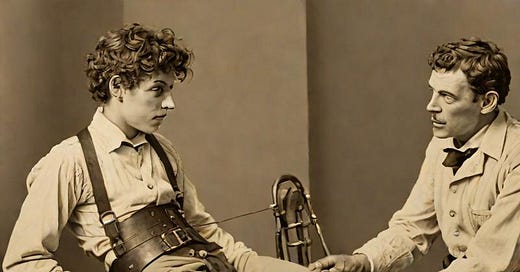




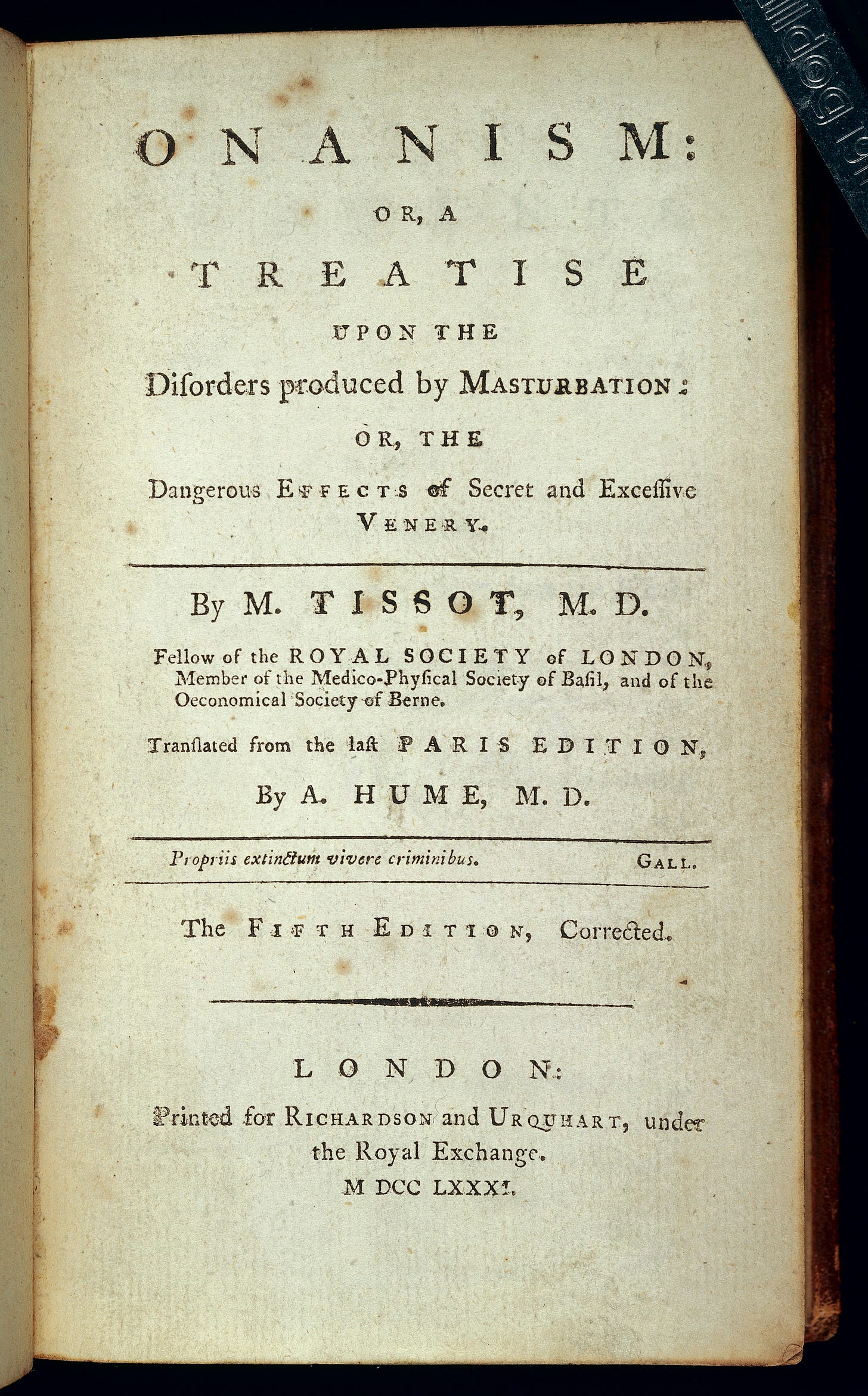


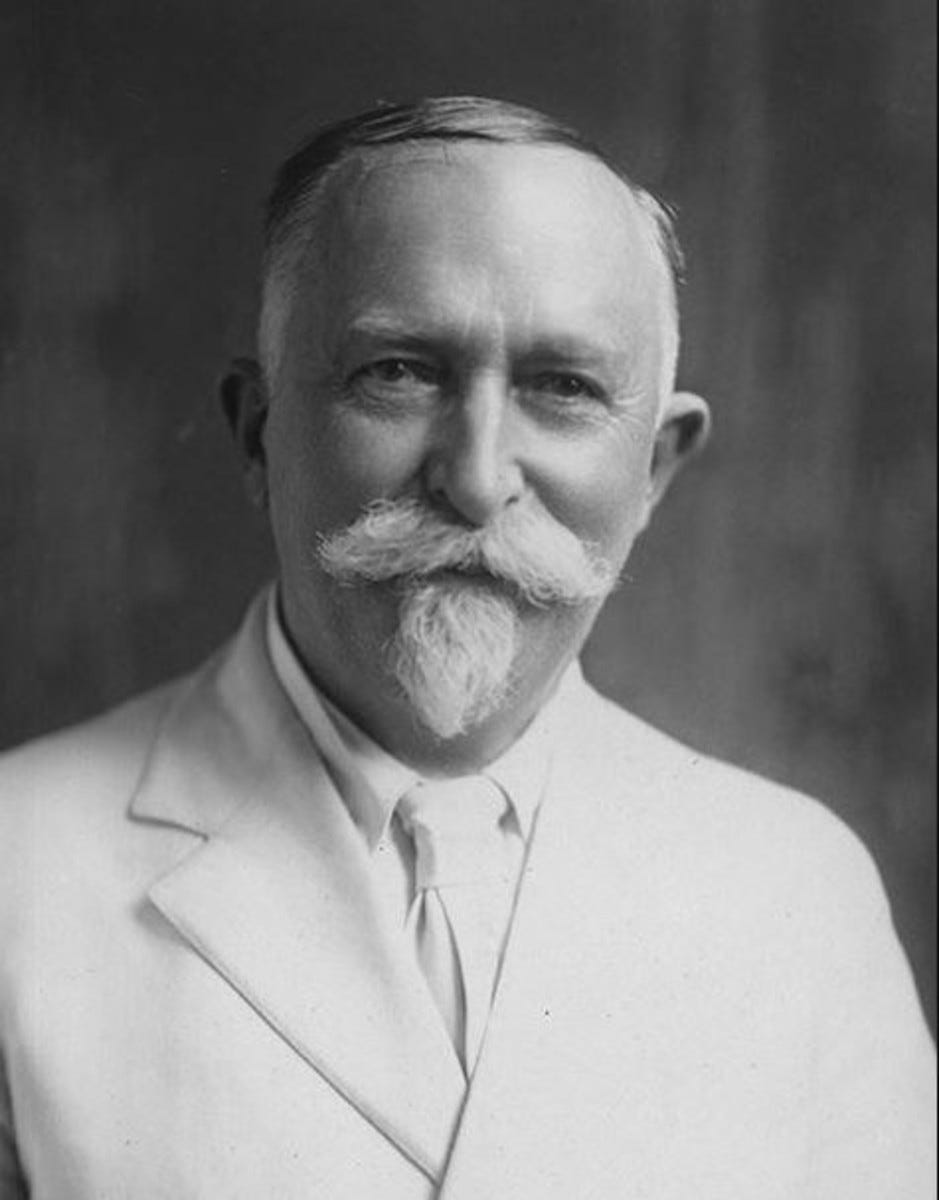

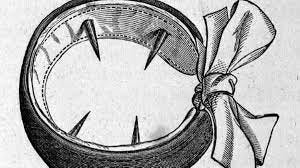
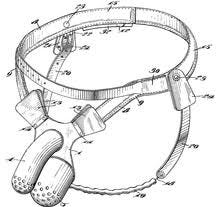




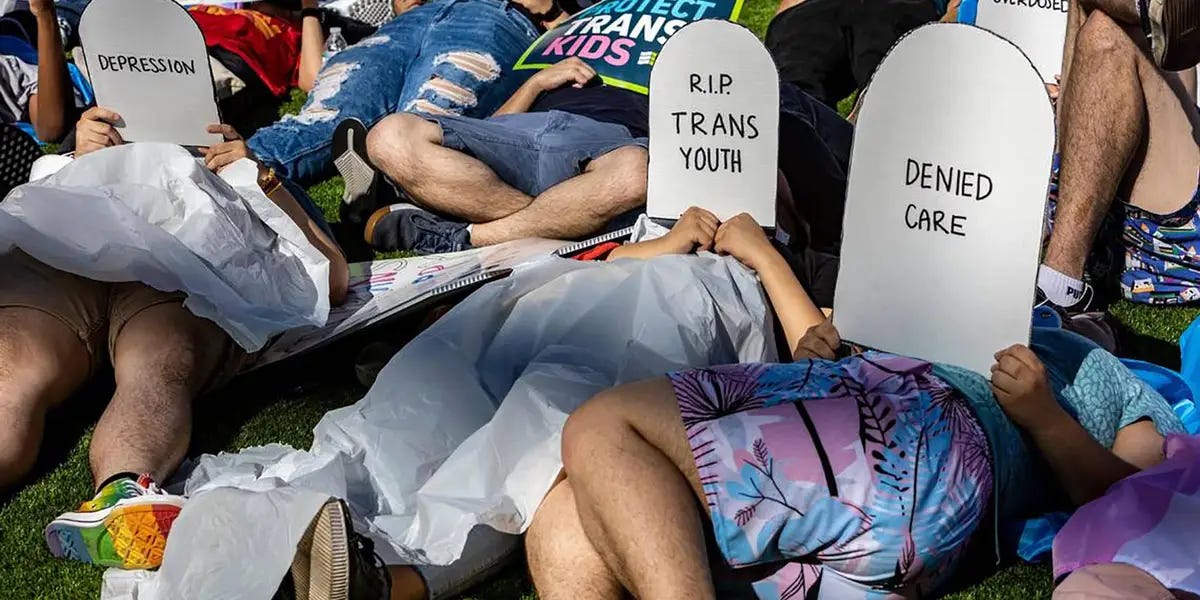
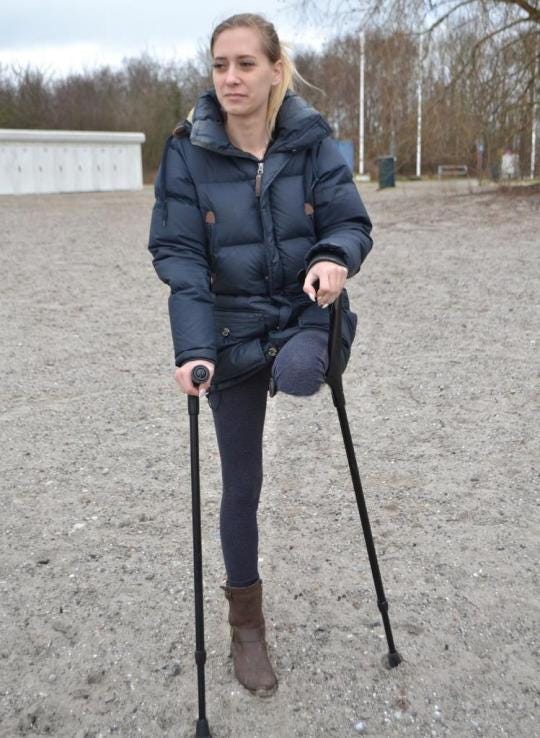
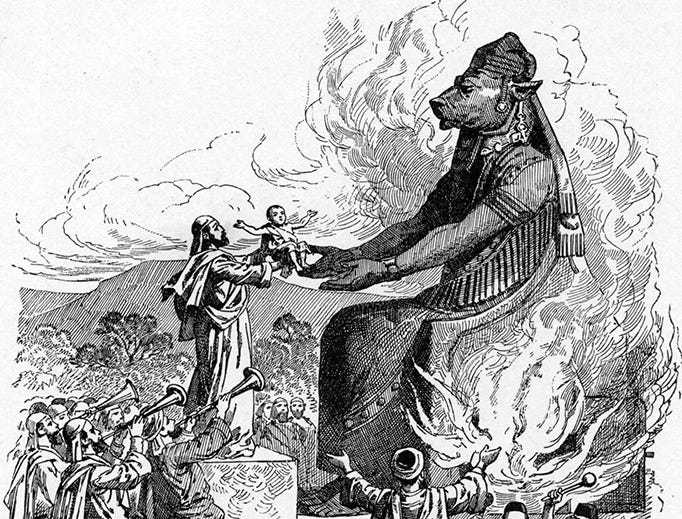
"Like the masturbatory insanity panic of yesteryear, there’s a sexually regressive element to the trans panic as well. " yes and no. The west has overt sexualised mores. This summer, walking in the streets of London, when young women can wear summer clothes, I noticed a third of veiled women (this is Europe!!), a third of pierced noses/blue hair/non binary, fat girls and a third of other girls.